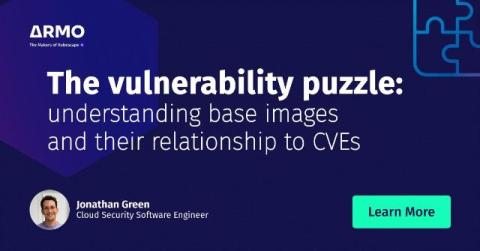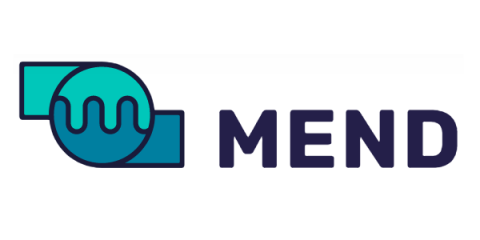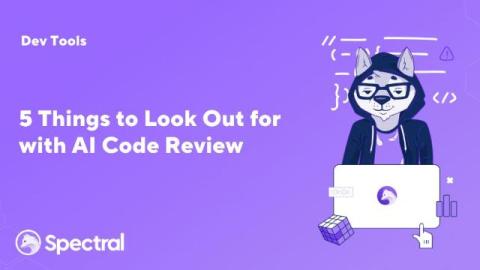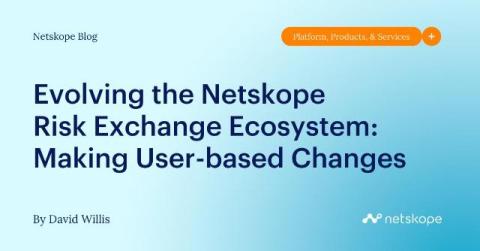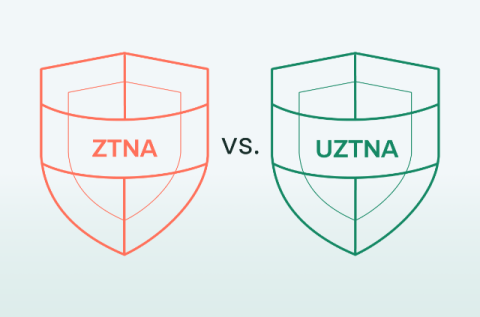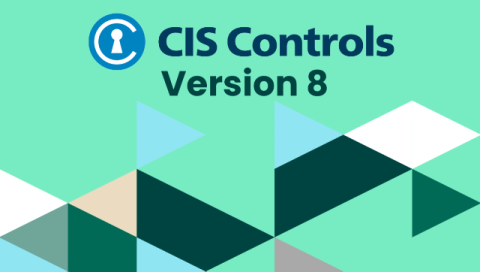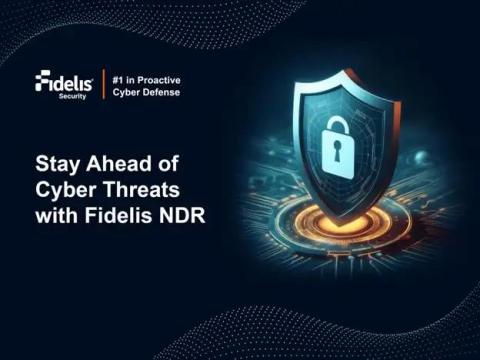The vulnerability puzzle: understanding base images and their relationship to CVEs
Have you ever heard of CVEs? Maybe not by their acronym, but Common Vulnerabilities and Exposures, monitored by the CVE Program Mission, are everywhere. As of the writing of this article, there are over 220,000 CVE Records available—meaning many potential threats you could be exposed to. How can you ever protect your infrastructure against this reality? Well, the good news is, you usually don’t have to.


